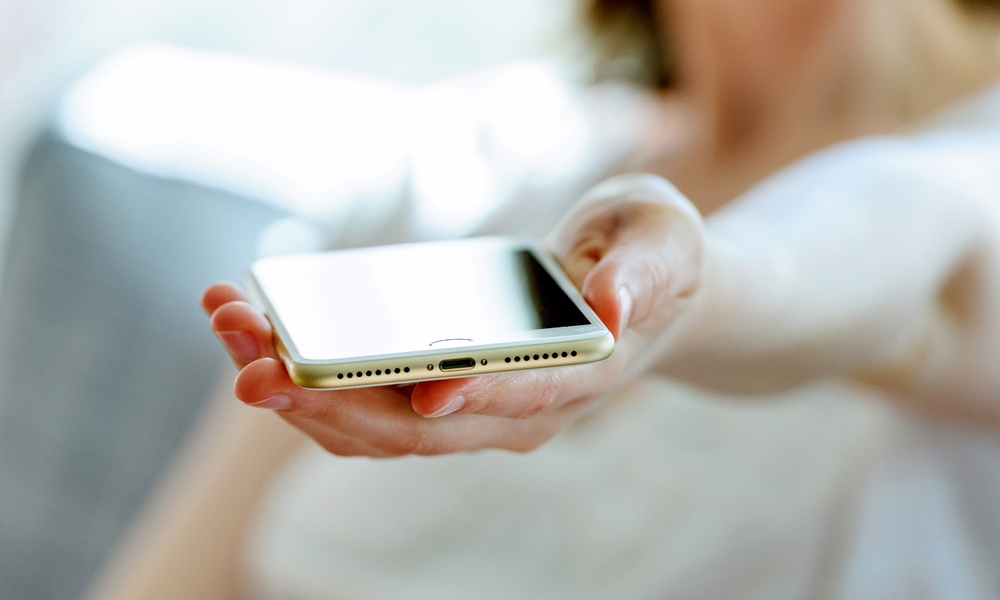Here’s Why Your iPad Pro Has a USB-C Port (But Your iPhone Doesn’t)
 Credit: Hadrian / Shutterstock
Credit: Hadrian / Shutterstock
Toggle Dark Mode
Despite their differences, the iPad and the iPhone are built on basically the same technology. But 2018’s iPad Pro went a step further to differentiate Apple’s tablets from its smartphones.
That additional step is the switch to USB-C, making the 2018 iPad Pro the first iOS device to feature the more universal connector. That largely played into rumors that Apple was going to eventually switch its iPhones over to USB-C, bringing its flagship device in line with its MacBooks and other Pro products.
Now, it’s starting to look like that isn’t going to happen. And it makes Apple’s mobile device lineup somewhat more confusing. Here’s why the iPad Pros have USB-C, and why the iPhone may never get it.
Why iPad Pros Have USB-C Now
While it may make sense for a smartphone to adopt USB-C in this era, Apple obviously had even more reasons to switch its iPad Pro lineup over to the more universal connector.
The primary reason is capability. The iPad Pro, as a potential computer replacement, needs the additional features that USB-C brings to the table.
While there are plenty of Lightning accessories available on the market, there are still a few important peripherals that only USB-C supports, such as USB-C monitors.
Speaking of peripherals, Apple is probably also banking on the fact that iPad Pro users likely already have existing accessories that use USB-C, such as keyboards, computer mice and external SSDs. USB-C is also fairly ubiquitous a standard for higher-quality gear.
Compared to Lighting, USB-C also has a number of other Pro-worthy advantages. They include speedier data transfer rates and the ability to deliver more power (for higher-wattage chargers).
Will iPhones Ever Get USB-C?
If you notice, those USB-C benefits could also fit in rather nicely on a “Pro” iPhone. But up to now, Apple hasn’t really shown any signs that it’s ditching the Lightning standard.
Lightning does have a few advantages, such as enforceability and size. But compared to USB-C, Lightning isn’t as well-suited to tasks beyond casual use like docks or charging stations.
So, sure. Apple could very well improve its iPhones by switching out the Lightning port to USB-C. Data transfer and charging rates would be bumped up, and users could benefit from carrying only one type of cable (Thunderbolt 3 / USB-C) to use across all of their Apple Pro devices.
But now, it’s definitely not clear whether Apple will do that. The most recent port and cable rumors suggest that this year’s iPhones will retain a Lightning connector — and next year’s iPhones may ditch ports entirely in favor of wireless solutions.
There’s a chance that that timeline isn’t exactly right, and that USB-C could be a stepping stone between Lightning and a truly wireless future. But whether that turns out to be the case remains to be seen. And if you’re hoping for a USB-C iPhone, it may be best not to get your hopes up.






